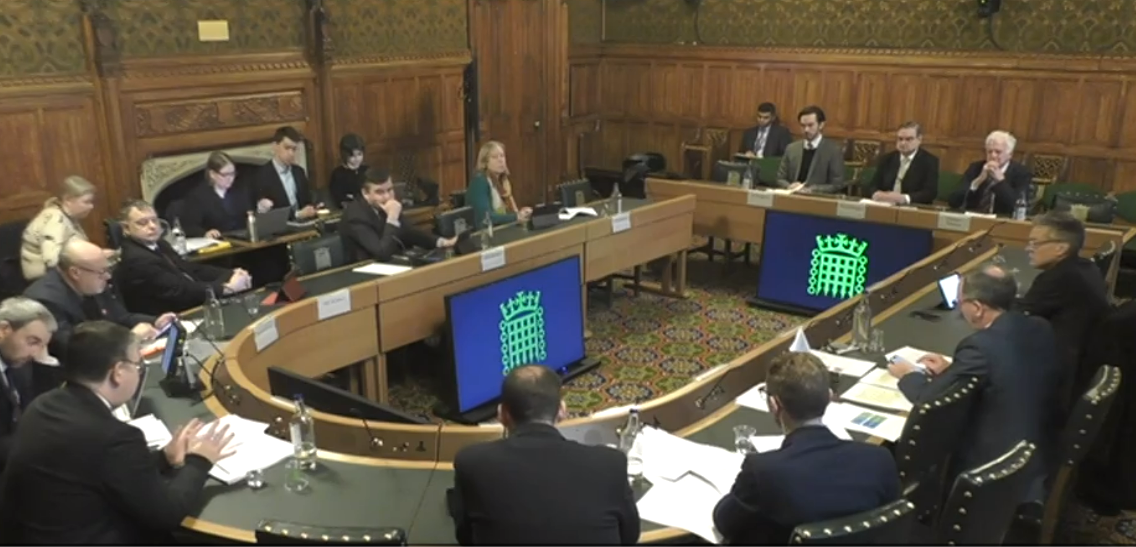As is becoming a DG Cities’ tradition, when a new member of the team joins, we invite them to say hello on our blog and talk a little bit about their background and experience. We’re delighted to welcome our new Net Zero Specialist, Rasheed Sokunbi, who has already been getting stuck into a major decarbonisation project here in Greenwich.
I’m excited to have recently joined the team at DG Cities as a Net Zero Specialist – and to be part of a company that’s doing important work to help organisations and communities address some of the urgent environmental, social and economic challenges we face.
So far, I am enjoying the variety of the new role – it allows me to work on a range of different projects, all of which impact the residents in my local borough of Greenwich and help to make it a better place to live and work. My background in sales is already proving useful, as it helps me interact and build a rapport with people from all backgrounds. It’s important that the residents that take part in an energy trial, for example, understand and feel confident in the process – and a key part of our role is talking to them, helping them make the most of the benefits from a new technology or innovation.
My first role was working for one of UK’s largest housing associations as an energy advisor. This is where I gained exposure to district and communal heating systems, which is an area DG Cities has been working in with commercial partners. I then moved on to a sustainable energy consulting firm, where I managed several retrofit meter exchange projects and advised clients on measures to improve energy efficiency and save on costs. I’m currently working with the DG Cities team on a decarbonisation strategy with the Royal Borough of Greenwich, designed to help the council meet net zero targets by 2030.
Within a few weeks of joining, I was lucky to be able to attend an event run by the Social Housing Retrofit Accelerator (SHRA), where I learned about more of the issues around retrofit and some of the steps a council or housing association should take. At the event, I had the opportunity to meet and talk to a range of people within the industry and from local authorities and councils to understand some of the day-to-day challenges. It was inspiring to see so many people working together to make a positive impact on the environment.
I’m looking forward to seeing these projects evolve and the opportunity to continue making a positive impact in my community. It’s good to be able to bring my own unique skills and background to the DG Cities team, where there is so much collective knowledge and experience across sectors and disciplines. Most of all, I look forward to working with all my colleagues, who are passionate about a shared goal – a more sustainable future.







































